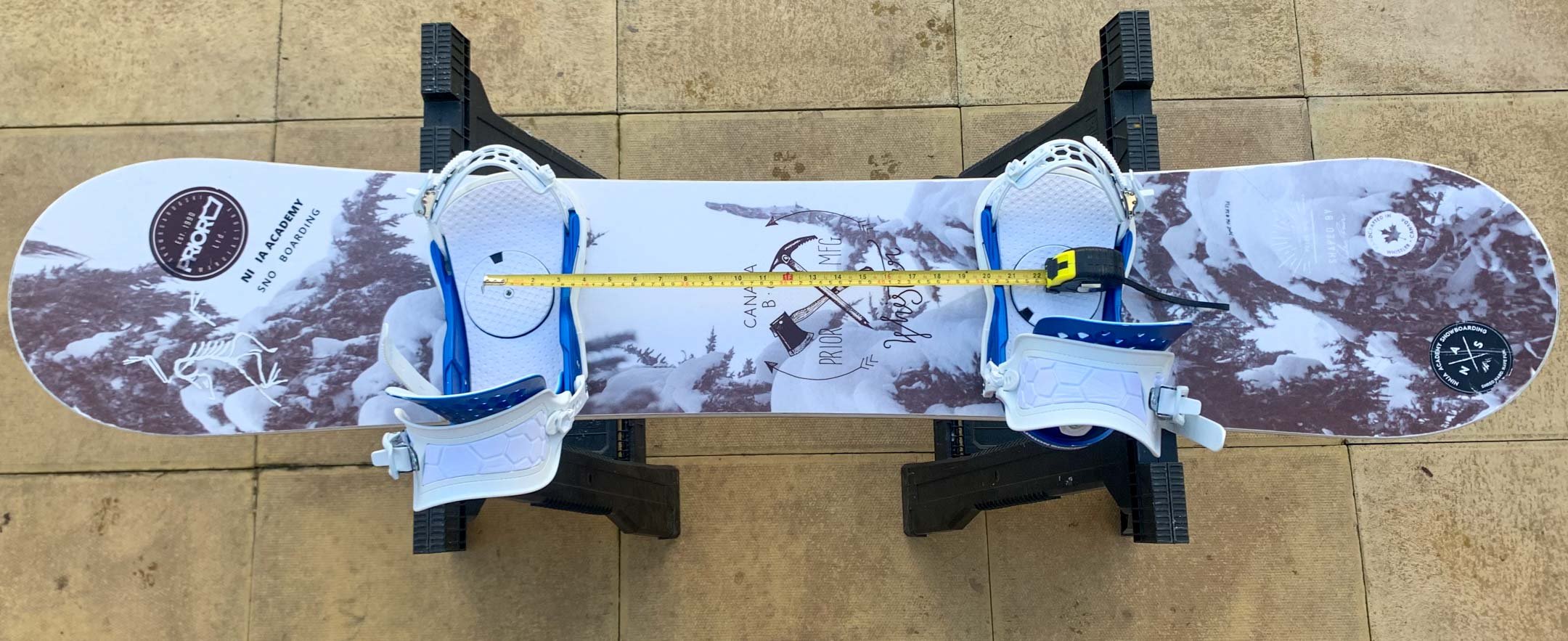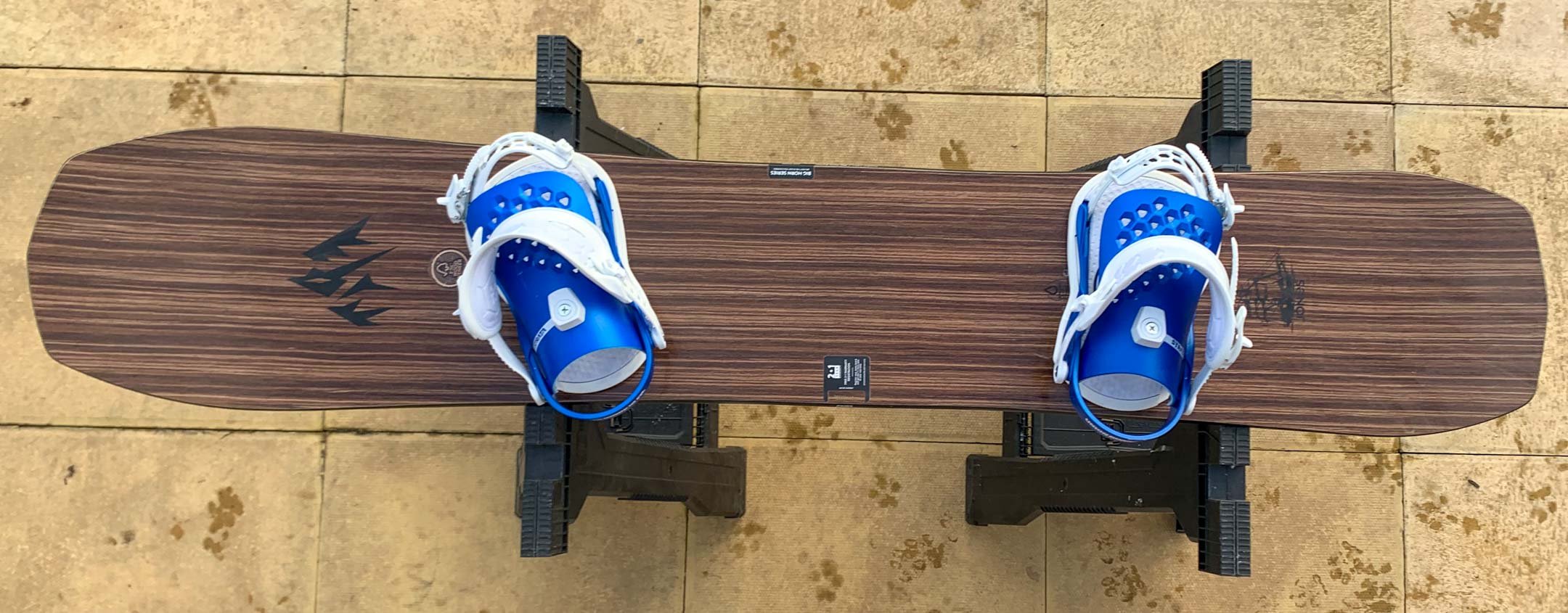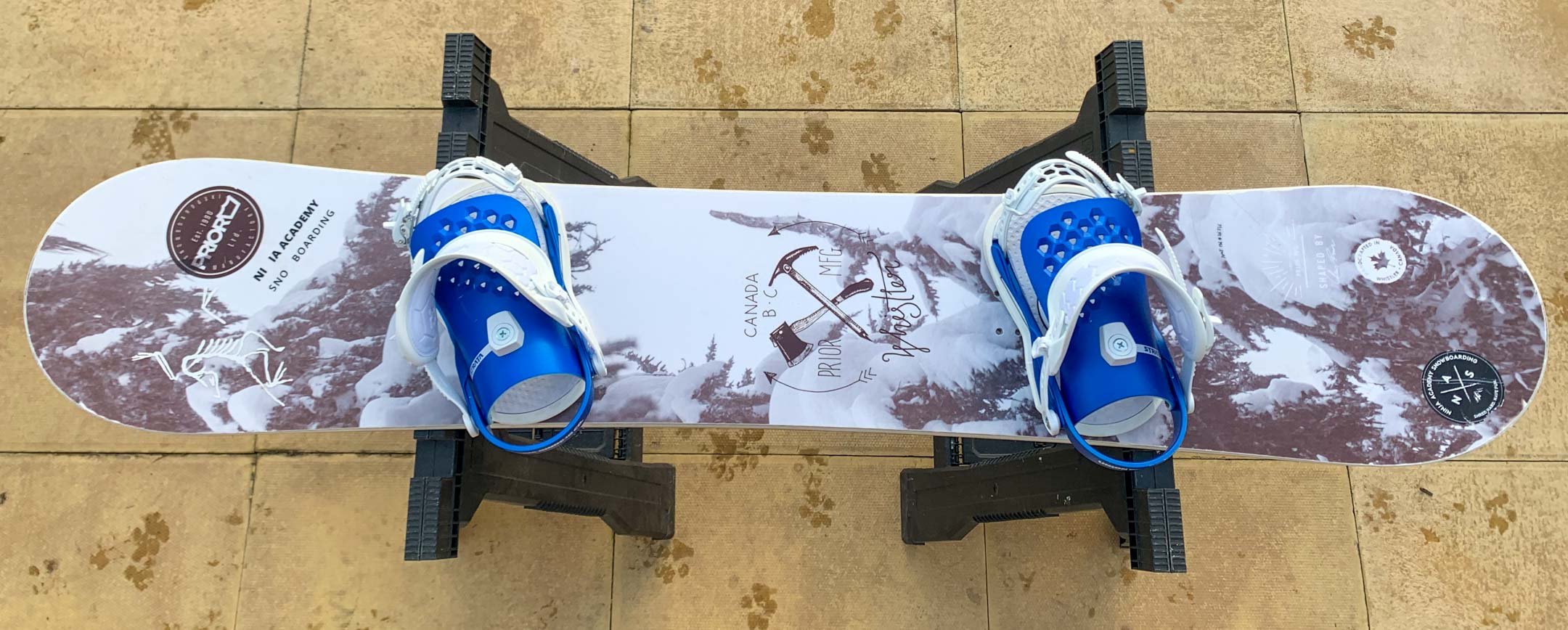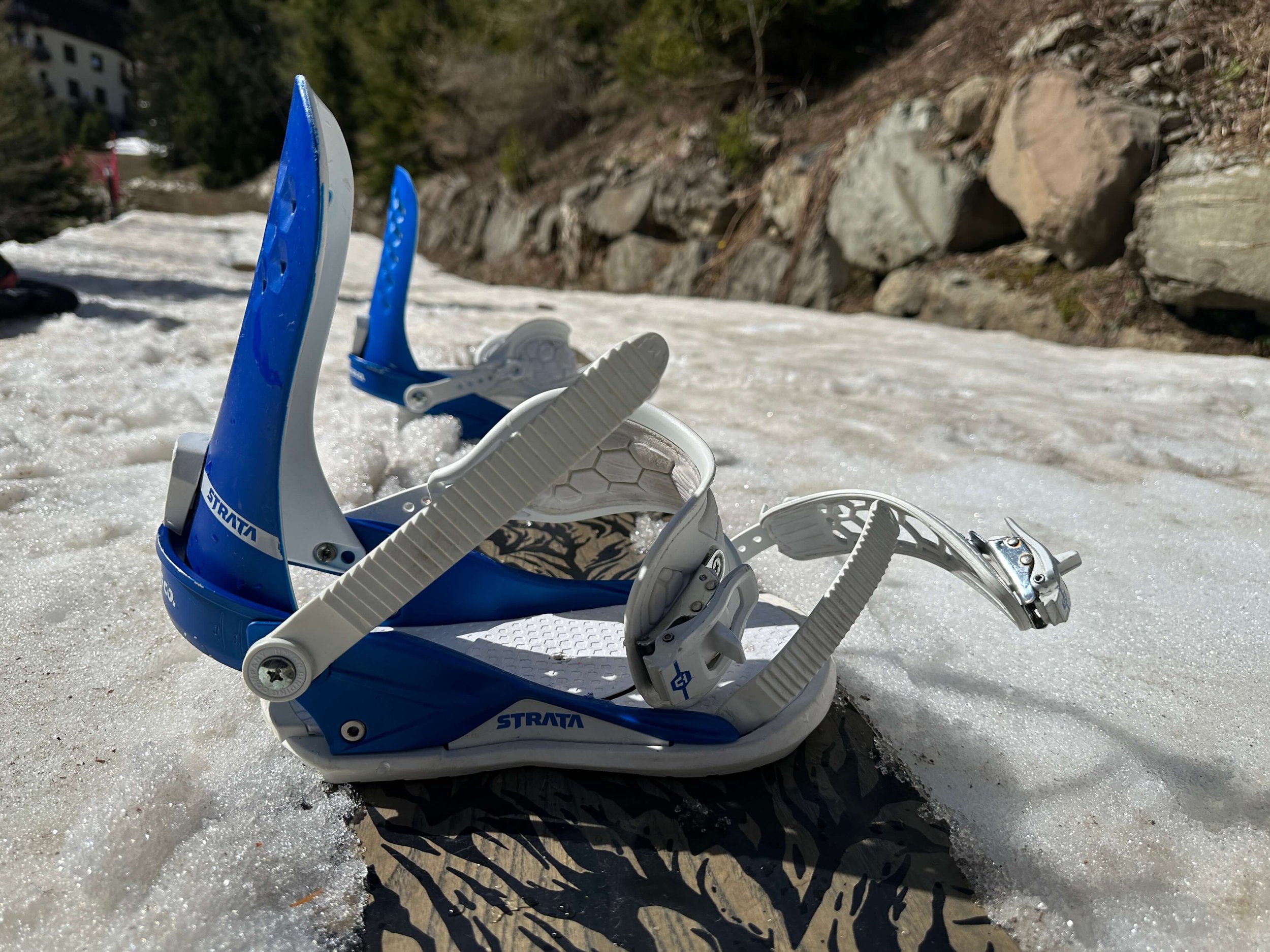How To Choose Your Snowboard Stance
Ensuring that you have the perfect snowboard set up for you will be a determining factor on how much fun you have on the mountain. Snowboard stance is a huge part of your snowboard set up and will help you dial feel comfortable and balanced on your snowboard. There is not a one size fits all approach to determining your snowboard stance so this post aims to provide you with advice that will help you decide the best snowboard stance set up for you.
WHAT IS MEANT BY SNOWBOARD STANCE?
Let’s start by defining what is meant by snowboard stance. Your snowboard stance refers to your bindings position on the snowboard. This can include; where to position your snowboard bindings, the angles your bindings are set to, the width of your snowboard stance, and whether you set up regular or goofy.
WHAT DETERMINES YOUR SNOWBOARD STANCE?
Your snowboard stance will be influenced by a number of factors with perhaps your riding style and what you want to do on your snowboard being the most influential. You may choose to adjust your stance depending on the conditions and where you intend to ride that day. For example, It is unlikely that you will ride with the same stance in powder as you would in the park. You may still ride with the same angles but it is likely that you will get better powder performance with a set-back stance. You should also consider your height and the type of snowboard you are using when choosing your snowboard stance.
REGULAR OR GOOFY?
One of the first decisions you will make when learning to snowboard is whether you ride regular or goofy. These terms refer to whether you ride with your left foot forward (regular) or right foot forward (goofy). This can be a hard decision to make if you have no context to refer to as its likely you will be making this decision before stepping onto your snowboard. Luckily there are some tests you can do that may provide some indication as to whether you will snowboard regular or goofy.
Do you have any previous board sport experience? Whether it is surfing, skating or wakeboarding your previous experience in board sports should help you decide whether you are regular or goofy. If you ride a skateboard with your left foot forward it is most likely you will be regular on a snowboard as well.
The Push Test
This doesn’t always work but can be a good indication of whether or you are a regular or goofy snowboarder. Close your eyes and have someone gently push you from behind. The foot that you step forward with is most likely going to be your front foot on your snowboard.
The Slide Test
Everyone loves a good slide along a hardwood floor and this test can help you determine whether you are goofy or regular. Set up with a pair of socks take a short run up and then slide across the floor. If you are already at the ski resort, you can do this on the snow in your snowboard boots. The foot that you place forward is the foot that you will use to lead your snowboard.
Dont Worry
If you are unsure then there is no need to panic. For beginners most boards are set up centred in duck stance (both bindings at the same angles) this means that the snowboard should ride the same in both directions. Take a couple of runs alternating the foot that was forward. This should help you determine whether you are regular or goofy stance.
Selecting The Correct Snowboard Stance Width
Often overlooked your snowboard stance width will affect your balance on your board therefore affecting how easy it is to manoeuvre the snowboard. Like with most aspects of snowboard stance there is going to be some trial and error involved in choosing the correct width for your snowboard stance and personal preferences.
Reference stance
Most snowboards come with recommended stance marked on the board. This is known as your reference stance. Although this is a good guide it is not a one size fits all approach and you should allow for some flexibility with your stance width. The reference stance is the stance that that board has been designed around but depending on whether you like to ride a slightly shorter or longer board this may need some adjustment.
Measure your stance from the middle of both bindings
I am 6ft and ride with a 22.5inch stance width. This took some refining over time and is the width I feel most comfortable with. It is likely if you are shorter than me you will want a narrower stance width. Similarly a taller rider may want to increase the width of their stance in comparison to mine.
Using a snowboard stance calculator is a good place to start but you should refine this information over time to get your desired stance width.
SETBACK OR CENTRED STANCE
Whether you decide to ride with a setback or centred stance on your snowboard will likely depend on two things; where you are riding (piste, park or powder) and how much time you spend riding switch.
If you like to ride switch then having a centred stance is better for ensuring that your snowboard rides and feels the same both in your regular and switch stance. This can be useful for landings for 180’s, 560’s etc where you land facing the reverse of how you take off. A centred stance can help you feel balanced on the board whilst performing ground tricks and butters as well.
If you like to ride directionally whether on or off-piste then having a set-back stance may suit your riding style. Having a setback stance in powder reduces the amount of effort you need to put in to keep your boards nose elevated out of the snow. This means you are less likely to have that dreaded back leg burn on those powder days. Another benefit to riding with a setback stance is that your board has a shorter tail. This means the board can be easier to Ollie or drive through your turns using your back foot.
Twin snowboards are normally set up centred.
Freeride boards normally have some setback to improve carving and powder performance
HOW TO CHOOSE YOUR SNOWBOARD STANCE ANGLES
Setting your snowboard angles correctly is one of the most important aspects of your snowboard set up. Your binding angles will determine how efficient your body can be at driving the snowboard through a turn. You may wish to adjust your binding angles depending on the type of snowboarding you are doing. Let’s delve deeper into some of the snowboard binding angle options.
WHAT ARE SNOWBOARD STANCE ANGLES?
Setting binding angles refers to how the bindings are angled on the snowboard. Bindings come with a baseplate that allows you to set stance angles between +30 and - 30 degrees. We will delve into the nuts and bolts of binding angles below but it is most common for the front foot to be a + angle and the backfoot a - angle.
FRONT FOOT
I have never met a snowboarder that doesn’t have their front foot angled towards the nose of their snowboard. Furthermore I can’t think of any reason why you wouldn't. The extent to which you angle your front binding will depend on your style of riding and what you want to achieve. An angle of +15 degrees is popular and is in the middle of the possible options. Utilising a +15 to +18 front foot angle seems to be the sweet spot for most of those I have asked.
BACK FOOT
The back foot is where people tend to have more variation in their binding stance angles. This can be influenced by the style of riding that person likes to do the most. Let’s look into some of the popular options.
DUCK
Duck refers to having your front and back feet facing in opposite directions. True duck is where those angles are the same; for example +15 (front) -15 (back) degrees. A duck stance is popular with freestyle orientated riders that like to spend time riding switch as well as regular. Snowboard bindings angles for park do not need to be true duck stance but this may help you feel more balanced when riding switch.
BACK FOOT ZERO
Having a Zero angle on your back foot means that your backfoot runs perpendicular to the snowboard. Using a zero binding angle on your backfoot is where I started before playing around with other stance angle options. Having a zero angle can help you drop your back knee linearly towards the snow helping you lean into toe-edge carves.
BACKFOOT POSITIVE
This has never felt good for me but is popular especially amongst freeriders who like to carve. Running a backfoot positive binding angle can make it more tricky to ride switch, but this remains possible with practice.
CHANGING YOUR STANCE
Changing and adapting your stance over time is natural and is part of how you and your snowboarding evolves. Taking the time to adapt your stance will allow you to feel out your preferred stance with micro adjustments that will eventually land on your preferred stance. You may wish to adapt your stance differently depending on the board you are riding and where you plan to head that day. Personally my stance width tends to stay the same regardless of the snowboard I ride, however my angles and setback will change dependant on where I want to ride that day.
















